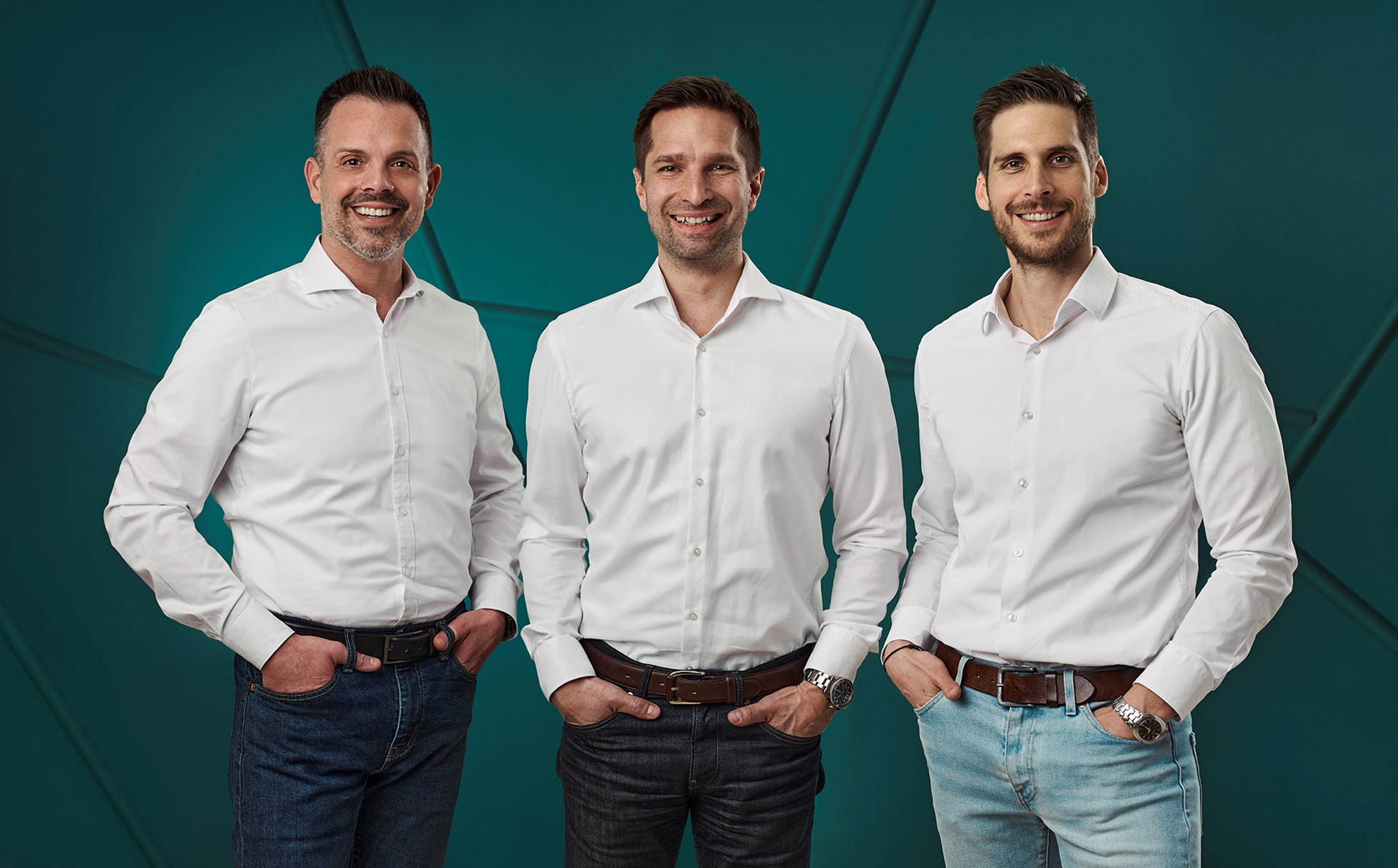


Source: marieclaire.hu
“An environmentally conscious lifestyle begins with learning to love, respect, and value nature. The fact that the schools Bálint (12) and Beni (9) attend are also very conscious in this field makes our lives easier in this respect, but we also go on a lot of trips with the family, we send the kids to hiking camps, and try to teach them about the cycle of nature through first-hand examples. The boys themselves asked us to pay attention to selective waste collection at home and to start composting,” says Balázs Lehőcz.
“Awareness is key in our family as well,” notes Balázs Zempléni as he joins the conversation. “It has become part of our daily lives to show Panka (7) and Tomi (6) that vegetables and fruits do not grow on supermarket shelves. The children have a small garden at my mother-in-law’s, where they plant and tend the vegetables and fruits of their choice. The idea is to make them experience how much work goes into producing the food before it ends up on the table.”
“When Zea (1.5) was born,” says Gábor Molnár, “we had to let go of the idea that we would give her »everything«. More precisely, we had to redefine what we meant by everything. Quantity was definitely not the standard we wanted to follow. Of course, this is also difficult for us if it requires restraint. The benefit, however, is that this attitude leads to a higher degree of selectivity. Our goal is to buy less but of better quality and from carefully selected sources.”
"We don’t have enough money? Is that why we are not buying it? This is what the children kept asking us,“ continues Balázs Zempléni. “No. We are not buying it because we do not need it. This is a rather difficult case to argue because we also used to buy a lot of nice and cool stuff. We too need to learn how to let go of this attitude. So we are teaching both ourselves and the kids to buy only what we really need. Of this, we buy only high-quality items. After all, the more environmentally conscious alternative to a product made from natural or degradable materials, using pure green energy, is the one that is not manufactured at all. For example, we try to use second-hand children's clothes and pass them on within the family and to friends.”
"Fashion and clothes play an important role in changing our attitudes as well," says Gábor Molnár. “My wife is also a firm believer in this trend, so much so that she has started a business in the spirit of sustainable fashion. The motto is that less is more, reusing clothing items is the best practice, and if you do decide to make a purchase, buy high quality items to reduce the ecological footprint. High quality items are worth being mended.”
“A step-by-step approach is the key to achieving our goal of educating ourselves about sustainable living and using fully renewable energy. Both our families and the system of energy supply would collapse if we were to change everything overnight. We must change our consumption habits and our way of life consciously and in small steps,” concludes Balázs Lehőcz.